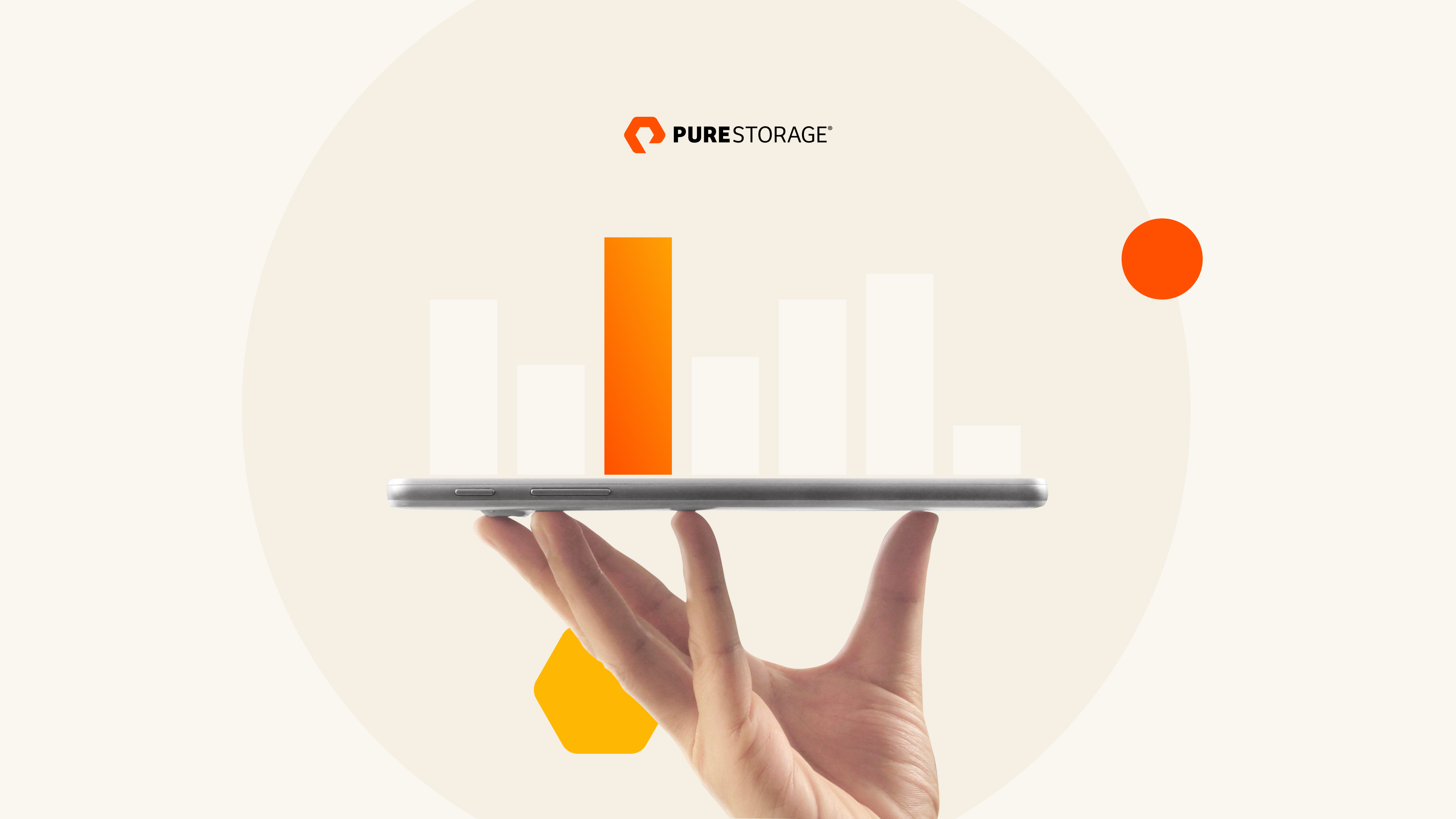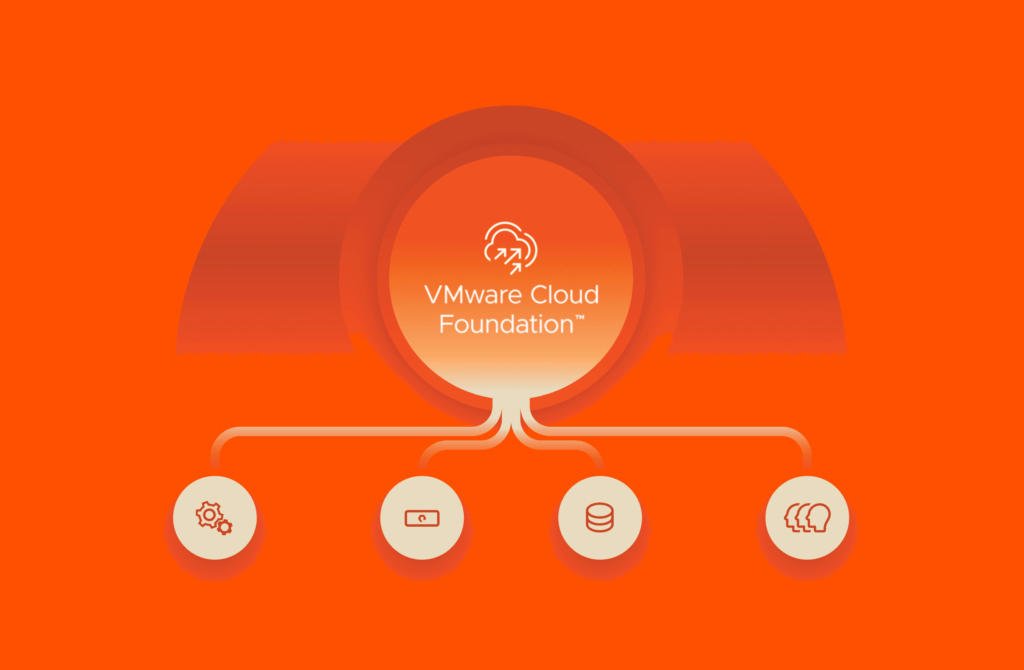If your organization is still in the exploratory phase with big data, it’s time to start advancing your journey—or risk losing your competitive edge.
Leaders have a strong handle on their data and tune into what to capture and analyze next. More importantly, they use advanced analytics capabilities to derive actionable insights from their big data in real time. And they apply those insights as quickly as possible to drive innovation.
In addition to having a solid, modern data analytics strategy, these organizations tend to be well along in their digital transformation journey or accelerating it. That’s usually a critical differentiator between organizations that can get only so far with big data projects and those that actively derive and use data insights to:
- Improve operational efficiencies and user experiences
- Enhance compliance, regulatory, and security processes
- Develop new products and revenue streams
Why are some organizations better positioned to use data to improve their business? They’ve invested in modernizing their IT infrastructure, which is the key to better analytics. They have the technology foundation—including high-performing flash-storage—to support varied, robust, and mature analytics programs with real-time or streaming analytics.
The benefits of being an organization with “high analytics maturity,” like those described above, include positive and powerful outcomes beyond increased revenue potential. For example, a recent Enterprise Strategy Group study found that organizations with the highest analytics maturity are 3.2 times more likely to outperform on customer satisfaction compared with businesses with less mature analytics programs.
For an overview of other key findings from this study, see the Pure Storage® blog post, “ESG Research Shows Why Data Analytics Maturity Matters.”
Increasing Analytics Maturity Takes Time—But You Can Gain Ground Fast
Effective strategies to store and deliver data are becoming more important by the day. The volume of data worldwide is exploding: It’s estimated to grow to an eye-popping 175 zettabytes by 2025. (IDC made that prediction despite the events in 2020, which has caused a surge in in-home data usage levels by consumers.) Cloud applications, mobile devices, social media platforms, and Internet of Things (IoT) sensors are also contributing to data growth.
You can’t really get anywhere with modern data analytics without first implementing the underlying data platforms that can keep pace with today’s tools. Nate Antons
Of course, you can’t achieve a high analytics maturity level overnight. And you can’t really get anywhere with modern data analytics without underlying data platforms that can keep pace. So, what can you do to start getting ahead (before you’re completely overwhelmed by data)?
Pure has published a new guidebook to help: Powering Modern Data Analytics: 5 Ways to Help You Gain Better Insights Faster. It takes an in-depth look at five areas where your data storage solution needs to deliver advanced capabilities so you can evolve your analytics maturity.
You’ll learn:
High-performance storage is the path to faster insights. Organizations that bring faster insights with real-time analytics can seize potential business opportunities more quickly. Learn how you can do the same. A storage solution with high throughput can support a large number of users with massively concurrent connections and consistent performance at scale.
Agility helps you keep pace with changing data and applications. Workloads and operational requirements are changing all the time (by the hour in some cases). And administrators are so busy, they just don’t have the time to manually tune systems in response to those constant changes. Plus, that process is far from agile—and by no means a good use of data architects’ valuable time. Get tips on how to take a better approach with a solution like Pure FlashBlade®, which can support variable data patterns and scale with multiple workloads.
Cloud-optimized infrastructure is a must for powering modern analytics apps. As Pure’s guide explains, you can enhance analytics capabilities with an on-premises storage foundation that offers cloud benefits with on-premises ownership and control. Learn the key characteristics of a cloud-optimized storage solution, such as unified fast file and object storage. With it, analytics teams can experience radically faster query performance and deliver rapid insights.
Match your data storage to your consumption model to keep costs down. A modern data analytics platform needs to stay modern. Otherwise, you risk hitting a wall with your efforts to keep raising the bar on your data analytics maturity level. And, of course, you only want to pay for the IT resources you consume as you scale up and down in response to ever-changing business needs. Subscription models like the Pure Evergreen™ program can help you stay up-to-date while keeping costs low.
Learn more about Pure as-a-Service™ for on-premises and public cloud—one subscription for one set of storage services.
Minimize the impact of outages to maximize uptime. Do you want to be a data-driven organization that can put high-impact insights into action at lightning speed? Then you can’t afford any downtime—planned or unplanned—with the storage solutions supporting your modern analytics applications.
A modern data analytics platform needs to stay modern, or you risk hitting a wall with your efforts to keep raising the bar on your data analytics maturity level. Nate Antons
The Right Storage Solution Can Make All the Difference
Pure can help you jump-start your plan to increase your analytics maturity and tackle your most challenging modern data requirements. Unified fast file and object storage delivers cloud-like simplicity and agility with consistent high performance and control.
With the right qualities in a data storage solution, you can equip more people in your organization—from developers to data scientists to generalists—with the modern tools they need to work with big data. And use that data to make better, faster decisions.
![]()




